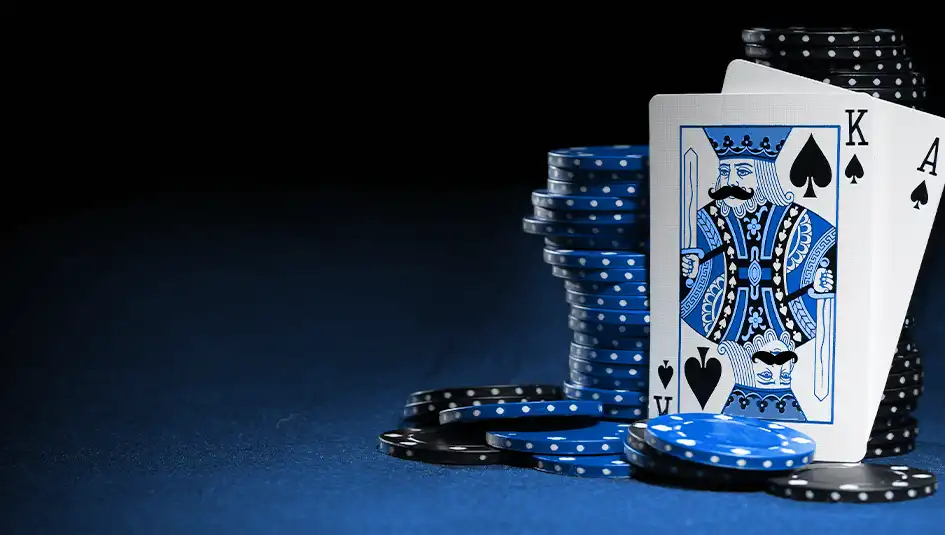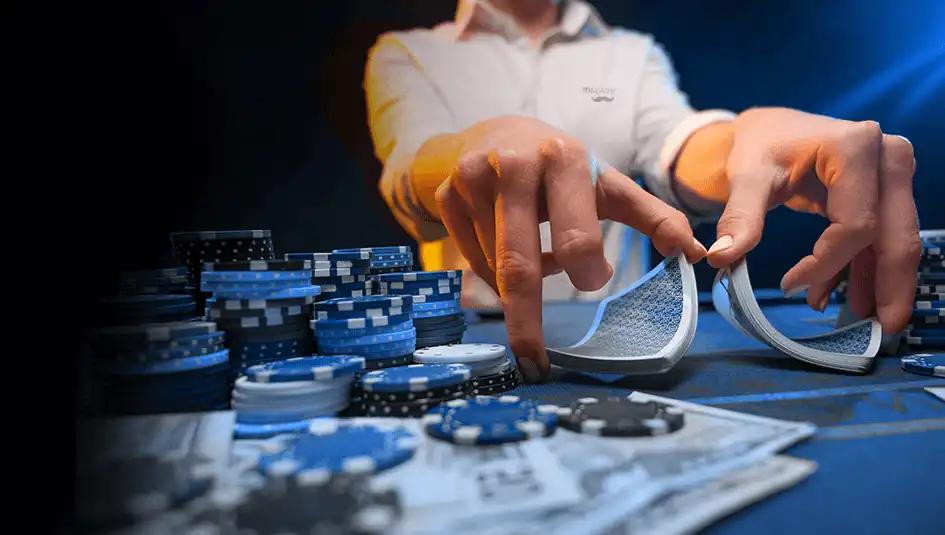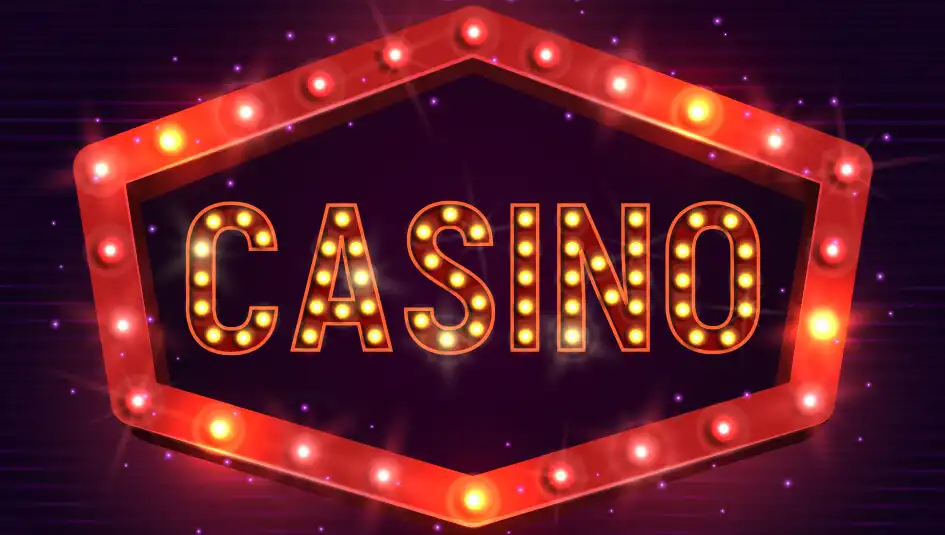An Introduction to Blackjack Double Exposure
Blackjack Double Exposure is hugely exciting Blackjack variant as it is the only one in which both of the dealer’s cards are dealt face-up at the beginning of a round. This of course gives players a huge advantage, as they know the target to beat when building their own hands. The game compensates for this in some ways, as is explained below, but this in no way detracts from the hours of fun and excitement it can provide.
In many ways, Blackjack Double Exposure is played in exactly the same way as any other Blackjack variant. The aim is to beat the dealer by building a hand of cards that is closer in value to 21 than the dealer’s hand is, but not exceeding 21 and going bust.
As is normal in Blackjack, the numbered cards are worth their face values, the picture cards (Jack, Queen and King) are all worth 10, and Aces are worth either 1 or 11. This means that you can form a hand of 21 with just two cards, an Ace and a ten card, this is called Blackjack and it is the strongest possible hand.
As mentioned, the main difference in Blackjack Double exposure occurs in the dealing of the cards. At the start of a round, the players’ cards are all dealt face-up and so are the dealer’s cards. The round then progresses as normal. Players have two main options for each hand, ‘Hit’ and ‘Stand’. Choosing ‘Hit’ deals another card to the hand and choosing ‘Stand’ leaves the hand as it is. When the player has finished, the dealer plays. The dealer will draw cards until the hand is worth at least 17.
If the first two cards in a hand are identical then players have the option to ‘Split’ them into two hands. They can then be played as individual hands. If a player splits two Aces then they can only draw one more card to each hand. If a hand has a value of 9, 10 or 11 then players have the option to ‘Double Down’. This will double the bet for that hand, the player will receive one more card to that hand, and then play moves on to the next hand or dealer.
Double Exposure Blackjack has a slightly different payout structure to regular Blackjack. All winning hands are paid at 1:1, including Blackjack (which normally pays at 3:2). If both you and the dealer have the same hand (known as a Push) then the dealer wins unless you have Blackjack. If you have Blackjack and the dealer has 21 then you will win the round.
Despite the slightly lower payouts, Blackjack Double Exposure has an incredibly high RTP of 99.04% when played with perfect strategy, and this is explained below.
Blackjack Double Exposure Basic Strategy
With all forms of Blackjack, there is a theoretically perfect strategy. This is because it is possible to use statistics to examine the possible outcome of every conceivable scenario. You may well have seen Blackjack charts showing whether to Hit, Stand, Double, etc. depending on your hand and the dealer’s hand. This type of strategy is perfectly possible with Blackjack Double Exposure, but it can take a bit of time to become familiar with the charts.
Before you sit down and memorise the charts, there are some basic strategies that take no time to learn and when used correctly, will help increase your success and winnings. Here are six rules that you should always follow when playing Blackjack Double Exposure
- Always Hit if Your Hand is 11 or lower
It is impossible for you to go bust if your hand is worth 11 or less as the highest value card you can draw is 10. This means that in the best-case scenario, you will end up with a hand worth 21 and the worst-case scenario is that you have to assess once again whether to Hit or Stand. If you don’t hit, then there is a much higher chance that you will lose the round with a hand worth 11 or less.
- If the Dealer has a hand of 20 always Hit
If the dealer has a hand that is worth 20 then there are just two ways to win the round, by having Blackjack or a hand that is worth 21. Even if you think that hitting may send you bust, there is no way that you will win the round if your hand is worth less than 20. Therefore, it will always be better to hit in this scenario to at least give yourself the chance of putting together a winning hand.
- If the Dealer has 14, 15 or 16, always Double if you have 11 or lower.
If the dealer’s hand is worth 14, 15 or 16 then the rules dictate that they must Hit and receive another card. However, with a hand that already has a relatively high value, there is a good chance that the dealer will go bust.
If your hand is worth 11 or less, then you cannot bust by hitting and there is a good chance that you can win the round with a relatively low value hand. Therefore, you have a great opportunity to try to increase your payout for that round by doubling down.
- If your hand is worth 17, 18, 19 or 20 always stand unless the dealer has the same hand or higher
It is important to remember in Blackjack Double Exposure that the dealer wins all ties and you do not receive your bet back as a push. Therefore, if both you and the dealer have 17, the dealer will stand and if you stand then you are guaranteed to lose. Even if you and the dealer both have 20, you still have a chance of hitting to 21 and winning, while standing guarantees losing. This is equally true if the dealer’s hand is higher than yours is.
- Do not Split a 10 value hand unless the dealer has hard 13, 14, 15 or 16
You are more likely to win a round with a hand worth 20 than you are to make a winning hand out of two hands that start as being worth 10. If the dealer has a hard hand (which means there is no Ace) worth 13, 14, 15 or 16, then they must hit and there is a good chance of them going bust. Therefore, you could win with a lower value hand and in this situation, starting with two 10 value hands is an advantage.
- Always split Aces until the dealer has 11, or 17 or higher
If you split Aces then you have a reasonably good chance of being dealt a 10-value card and having a hand of 21. While it is not perfect, most of the time it is better than building up from 12 to a winning hand. If the dealer has 11 then they are in the same situation while if they have 17 or higher, then you know the exact target that you have to beat.
Examples
As mentioned, you can look up perfect strategy charts for Blackjack Double Exposure and base all your moves off the chart. However, this can be tedious and by memorising the six simple rules above, you can greatly increase the rate of gameplay and hopefully your winnings. Here are some example situations for each of the rules above.
Rule 1
This is very simple. If you were dealt a 3 and a 6 then your hand would be worth 9, in this case you should always hit and you can never go bust. Furthering this example, if you were then dealt a 2 your hand would be worth 11 and you should hit once again as there is still no danger of going bust.
Rule 2
At the start of a round, if you see that the dealer’s hand is worth 20 then you must always hit. For example, if your hand is worth 18 you may think that hitting is risky. However, you know that the dealer has a higher hand so you are still going to lose. There is a chance that you could be dealt a 3, bringing your total to 21, and as the dealer will have to stand, you would then win the round.
Rule 3
If you are dealt a 7 and a 4 while the dealer has an 8 and a 7 then you should Double Down. The dealer’s hand is not worth 17 so the dealer will have to hit at a relatively high risk of going bust. Your hand is worth 11, so there is no way that you will go bust and by doubling down, you double the size of your potential winnings for that round.
Rule 4
Your first two cards have a total of 18 and so do the dealer’s cards. In regular Blackjack you would stand at this point; however, in Blackjack Double Exposure the dealer wins all ties. This means that you have nothing to lose by hitting and hoping to beat the dealer. However, if the dealer’s hand is worth less than 17 then you must Stand, as there is a chance that the dealer will bust when they hit.
Rule 5
You are dealt two Jacks and are tempted to split them into two 10-value hands. If the dealer’s hand is worth anything other than 13 to 16 (and doesn’t contain an Ace) then you should never split as you are more likely to win with 20 than you are to build two hands of a similarly high value. If the dealer’s hand is worth 13 to 16 then they must hit. This means that the dealer runs a high risk of going bust and you have a better chance of winning with two lower value hands.
Rule 6
You are dealt two Aces. Always split them, as there is a good chance of you forming 21 with the next card to each of the hands. The exception to this is if the dealer has 11 or 17, 18, 19, 20 or 21.
For more information about playing Blackjack Double Exposure at mr.play Casino click here.

 A Beginner’s Guide to Blackjack Switch
A Beginner’s Guide to Blackjack Switch Meet the Latest Big Winners at mr.play Casino
Meet the Latest Big Winners at mr.play Casino